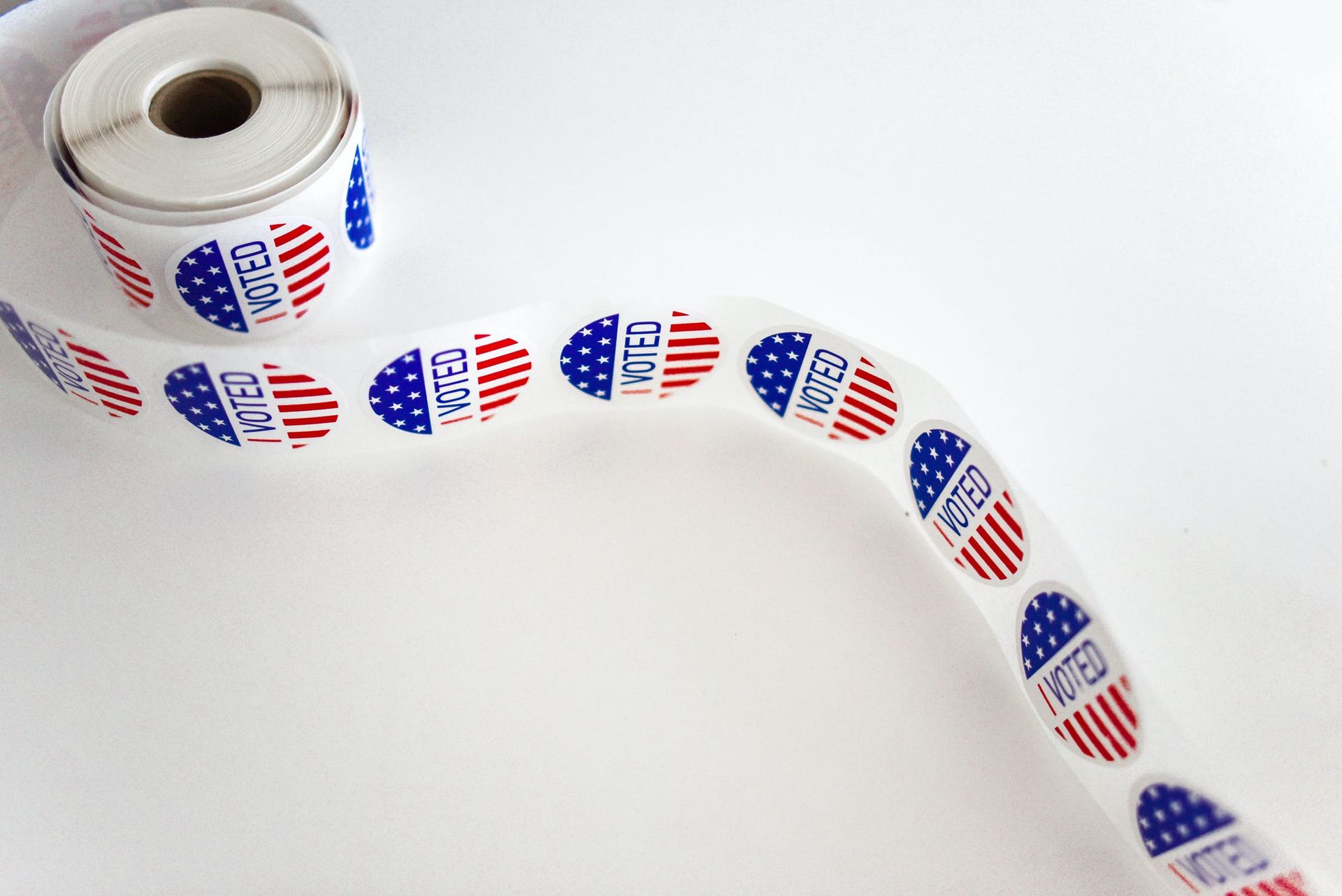Congressional primary elections for two U.S. Senate seats and 29 U.S. House seats were held in Alaska, Florida, and Wyoming on August 18, 2020. Candidates competed to advance to the general election scheduled for November 3, 2020.
One U.S. Senate seat and the sole at-large U.S. House seat were on the ballot in Alaska. The incumbents in both races filed for re-election. Sen. Daniel S. Sullivan (R) was unopposed and advanced to the general election. Rep. Don Young (R) faced challengers in the primary. He advanced to the general election.
All 27 U.S. House seats in Florida were on the ballot. Twenty-five incumbents—13 Democrats and 12 Republicans—filed for re-election. Fifteen incumbents were unopposed and advanced automatically. Ten remaining incumbents faced challengers in the primary. One incumbent lost his bid for re-election, Rep. Ross Spano (R-15). Rep. Ted Yoho (R-3) did not file for re-election, and Rep. Francis Rooney (R-19) withdrew prior to the election. As of August 19, 2020, the results for the 3rd Congressional District Democratic primary and the 7th Congressional District Republican primary were too close to call.
One U.S. Senate seat and the one at-large U.S. House seat were on the ballot in Wyoming. Sen. Mike Enzi (R) did not file for re-election to the U.S. Senate. Rep. Liz Cheney (R) filed for re-election to the U.S. House. Cheney faced one challenger in the primary and advanced to the general election.
Entering the 2020 election, Alaska’s U.S. congressional delegation has two Republican senators and one Republican representative. Florida has two Republican senators, 14 Republican representatives, and 13 Democratic representatives. Wyoming has two Republican senators and one Republican representative. The U.S. Senate has 45 Democrats, 53 Republicans, and two independents who caucus with the Democratic Party. Only 33 out of 100 Senate seats are up for regular election, and two seats are up for special election. A majority in the chamber requires 51 seats. The U.S. House has 232 Democrats, 198 Republicans, one Libertarian, and four vacancies. All 435 seats are up for election. A majority in the chamber requires 218 seats.


